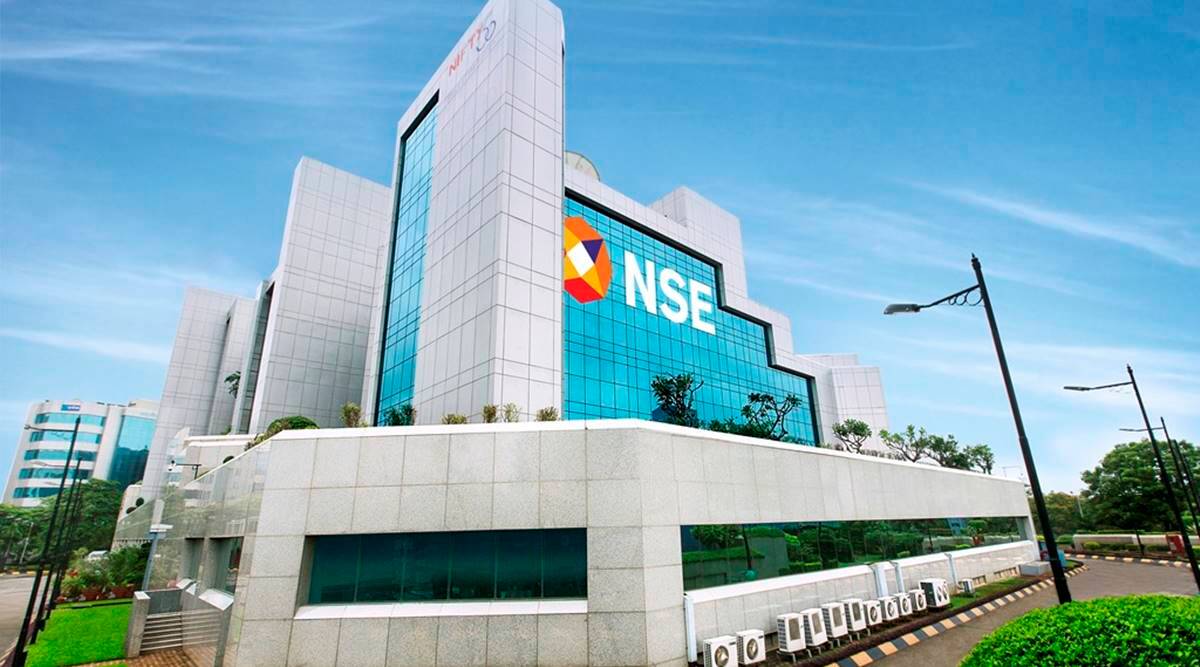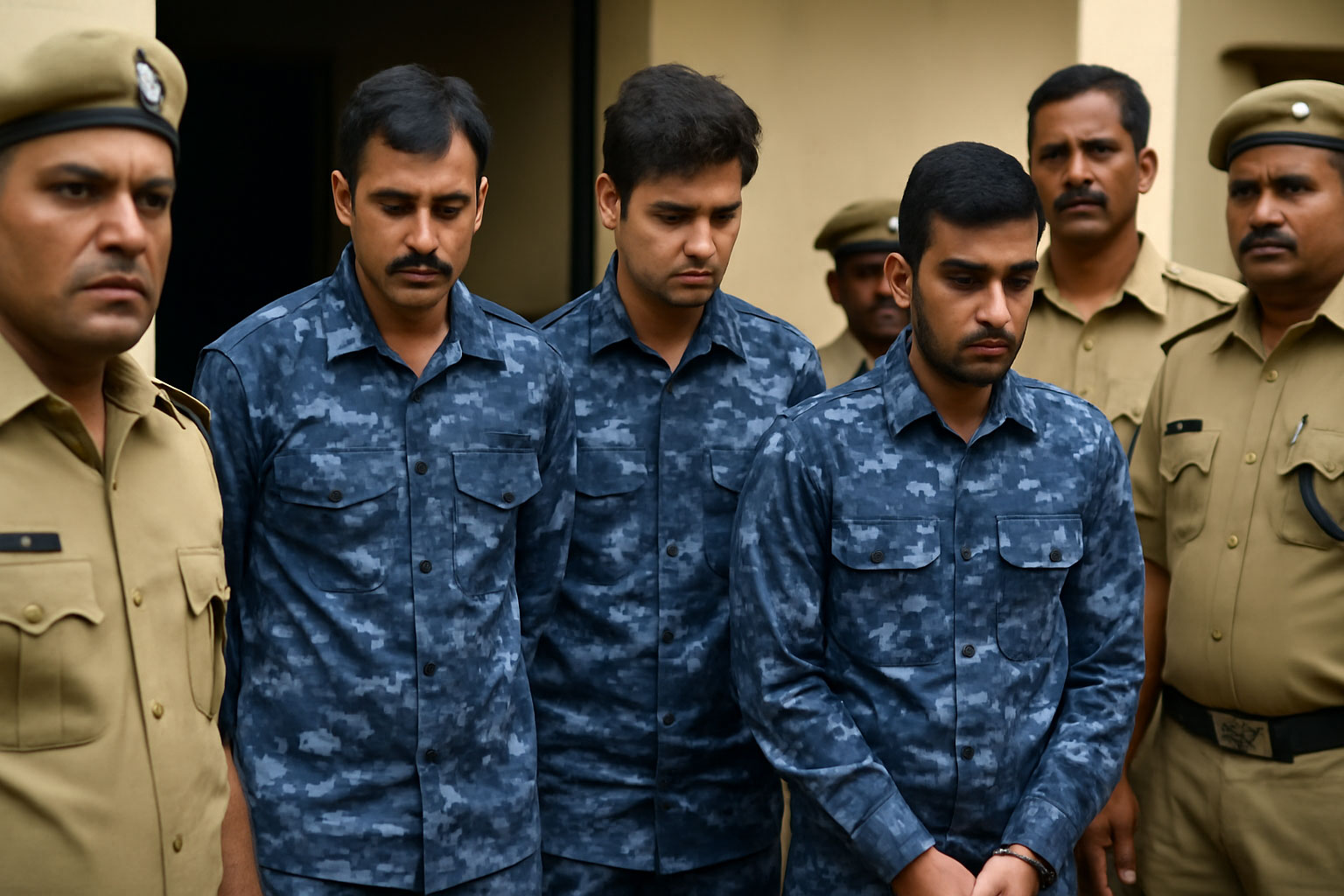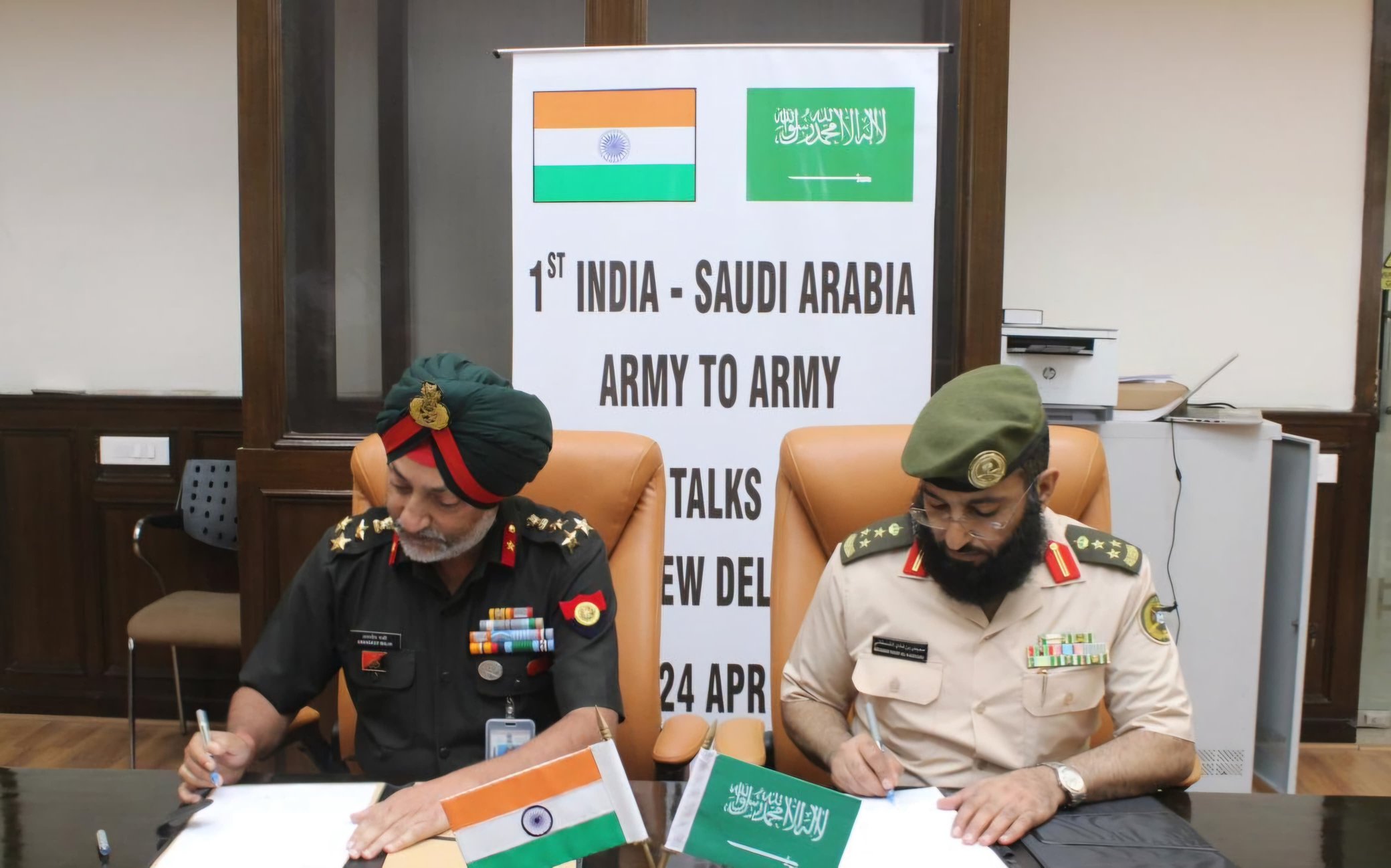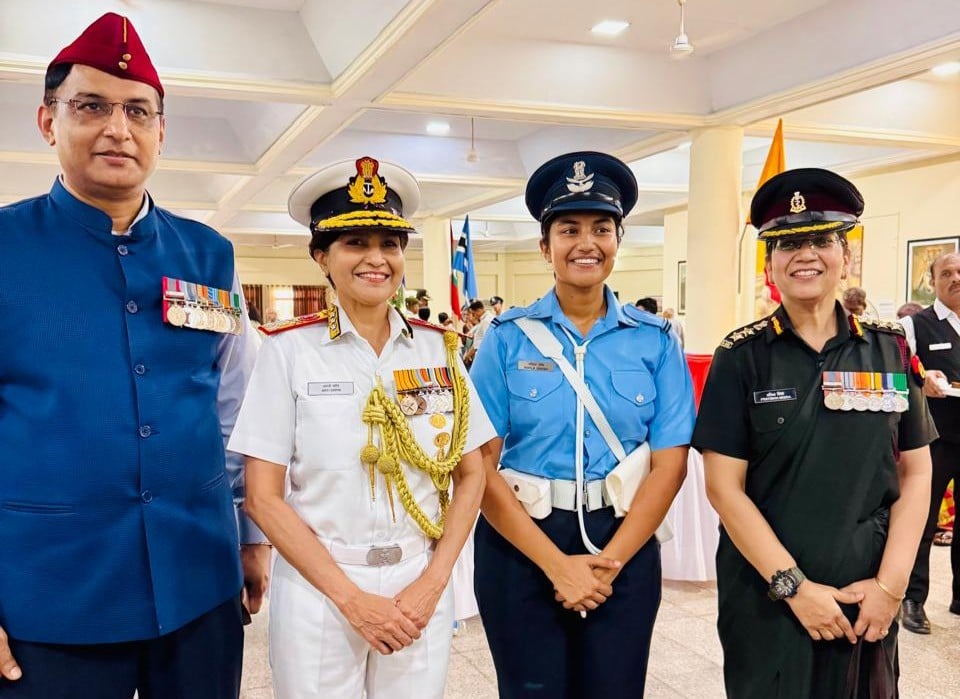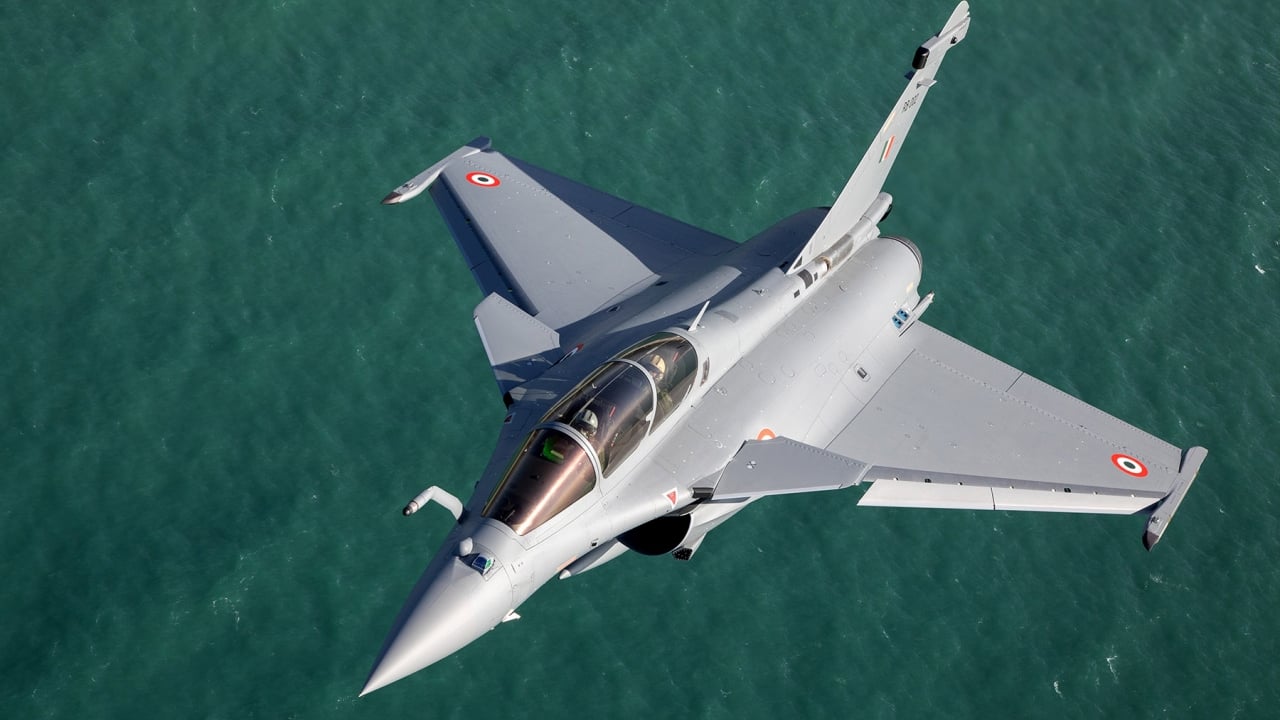NSE Donates ₹1 Crore to Families of Pahalgam Terror Attack Victims
In a heartfelt gesture, the National Stock Exchange (NSE) has pledged ₹1 crore to support the families of those killed…
2 Navy Personnel, Ex-Employee Arrested for Cheating Agniveer Aspirants in Odisha
In a significant crackdown, Odisha Police on Thursday arrested two serving Indian Navy personnel and one dismissed staffer for allegedly…
Inaugural India-Saudi Arabia Army-to-Army Staff Talks Held in New Delhi
The Indian Army and the Royal Saudi Land Forces (RSLF) concluded their first-ever Army-to-Army Staff Talks (AAST) in New Delhi,…
Meet Flying Officer Poyla Ghosh 3rd Generation Officer from AFMC
Flying Officer Poyla Ghosh brought pride to her family by securing third rank in overall merit at the Armed Forces…
Lt Gen Sadhna S Nair Visits Command Hospital Air Force Bangalore
Lt Gen Sadhna S Nair, AVSM, VSM, Director General Medical Services (Army) and Senior Colonel Commandant, visited Command Hospital Air…
Exercise ‘Aakraman’: Indian Air Force Conducts Mountain Strike Drills with Rafales and Su-30s
Amid heightened tensions in the region following the recent Pahalgam terror attack, the Indian Air Force (IAF) launched Exercise Aakraman,…

